Happy New Year!
Every year, the night of December 31st to January 1st is a time for celebration across the globe. Some traditions are common across the English-speaking world: fireworks, staying up past midnight, making toasts with champagne (Cheers!), attending parties, and making new years resolutions. However, there are other regional traditions to learn about!
Australia
Many Australians stay up past midnight on New Year’s Eve, and some even stay up all night! (Since it is summer during their new year, it’s probably easier to stay awake!) For parties, it is common to go to barbecues. Australians traditionally make champagne toasts, but it is also common to get drunk on beer, which is a popular alcohol there. Australians “ring in” the new year with loud sounds like car horns and bells, whistles and rattles.
There are also Aboriginal Australian traditions for New Year’s Day. Kirstyn Lindsay from NITV Radio, presented the words of Anangu Senior Tribal Elder Donald Fraser from the Anangu Pitjantjatjara Yankunytjatjara (APY) in South Australia. “It is like crossing a river,” Fraser explained. “When the new year comes we should leave everything behind, the past, and move on. Like going for a swim at the river, towards a better year and make it a better year for all the people to enjoy together, black or white. And swimming through the river towards a better country.”
Canada
Several sources agree that there are 5 main unique New Year’s traditions in Canada: polar bear swim, watch the aurora borealis, go ice fishing, go ice skating, and go to a concert or a club for some live music.

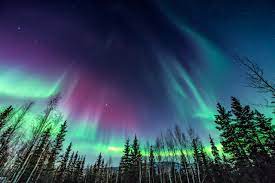
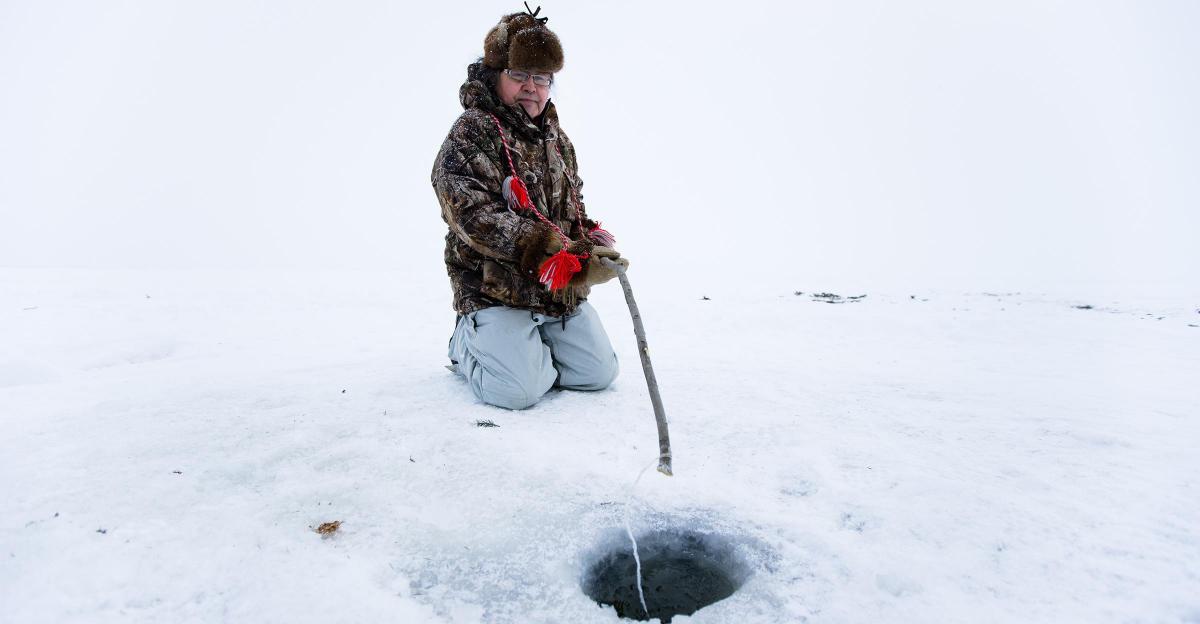
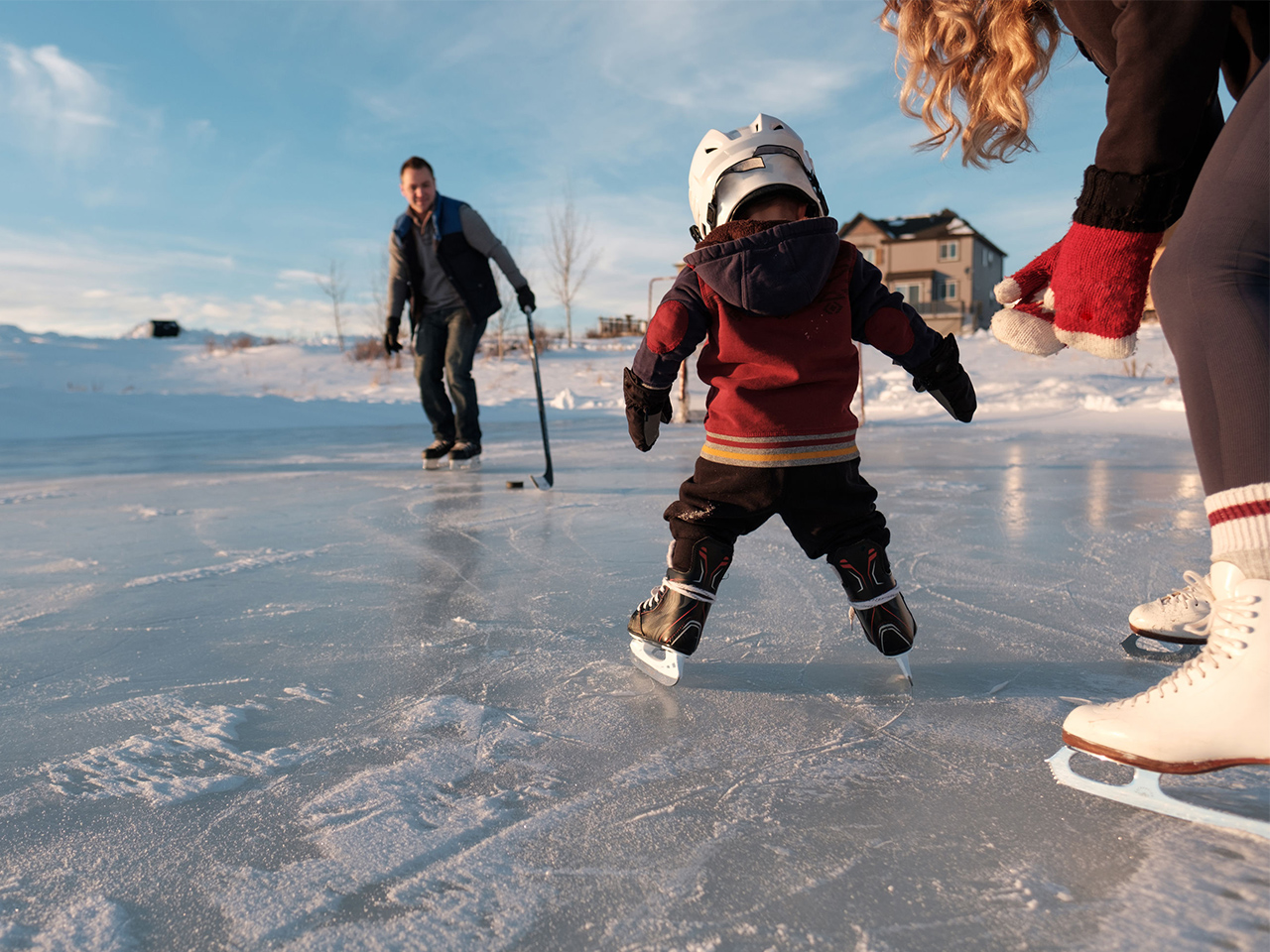
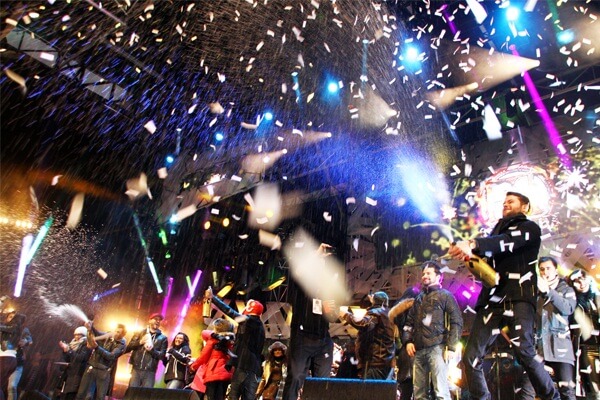
Yes, these are all outdoor activities at the coldest time of the year. That doesn’t stop Canadians!
Ireland
Ireland has several special traditions for the new year, including (1) making a clean house for the new year, (2) hitting the doors and walls of the house with Christmas bread for good luck, (3) entering the front door of your house and leaving out the back door, (4) if hoping for a romantic partner, putting a sprig of mistletoe, holly, and ivy leaves underneath your pillow to dream of your future partner, and (5) setting an honorary place at the table for each person who died in the previous year, while leaving the door slightly open for their spirits to enter. There are also a few good luck omens: If the wind blows from the west, it is good luck for Ireland. In addition, tradition states that if a tall, dark, handsome man is the first person to enter the house in the new year, the year will be lucky and full of hope. But if a red-haired girl is the first to enter the house, there will be hardship and grief in the new year.
New Zealand
Like in Australia, the new year in New Zealand starts in the summer. It is common to have public concerts for New Year’s Eve, as well as fireworks, food, and parties.
UK
Many of the traditions described above (champagne toasts, staying up all night, ringing in the new year, etc.) are also true of the UK. In fact, many of them started in the UK, historically. In addition, there are a wide variety of older regional traditions in the UK, as described in the Project Britain website by Mandy Borrow. One UK tradition that is famous in other countries is singing the song For Auld Lang Syne, written by a Scottish poet.
In addition to New Years celebrations, many Christians are still celebrating the 12 days of Christmas, the 12th night being January 5th.
Wales
From the Institute of Management, New Zealand: “Calennig, the Welsh name for New Year, means New Year celebration or gift and since ancient times the tradition in Wales has been to give gifts and money to friends, family and neighbours. Today, it is customary to give bread and cheese on New Year’s morning, with children receiving skewered apples covered with raisins and fruit. In some parts of Wales, people must visit all their relatives by midday to collect their Calennig.”
Scotland
In Scotland, the new year is also known as Hogmanay.
From the Institute of Management, New Zealand: “Hogmanay is the Scots word for the last day of the year and has become one of the world’s most recognized New Year’s celebrations. The roots of Hogmanay date back to the celebration of the winter solstice, incorporating elements of the Gaelic celebration of Samhain. There are many customs, local and national, linked with Hogmanay. The most widespread is the practice of ‘first-footing’ which starts immediately after midnight. First-footing involves being the first person to cross the threshold of a friend or neighbour’s home and giving symbolic gifts such as salt, coal, shortbread, whisky, and black bun (a rich fruit cake) to bring luck to the householder. This goes on throughout the early hours of the morning and into the next day, and can last well into mid-January.
But it’s not just about ancient traditions in Scotland. On New Year’s Day a new custom has begun to take hold – the Loony Dook. Since 1987, the brave (and the mad) have taken the plunge into the icy cold River Forth in Queensferry, Edinburgh for a refreshing start to the year. A sure fire way to get rid of a hangover, the event attracts thousands of Loonies, spectators and swimmers alike.”
On January 25th, Scotland also celebrates Burns Night. People host a traditional Scottish dinner and poetry reading to remember Robert Burns, who was a famous Scottish poet and the writer of the Auld Lang Syne song lyrics.
England
In Yorkshire, there is a superstition that some people continue to practice: The last words of the old year must be “black rabbits, black rabbits, black rabbits” and the first words of the new year must be “white rabbits, white rabbits, white rabbits.” Just as the clock is about to strike midnight on New Year’s Eve, the legend goes that you should say “black rabbits, black rabbits, black rabbits“. And then, as the clock chimes 12, say “white rabbits, white rabbits, white rabbits”.
Northern Ireland
See Ireland
USA
In the USA, New Year’s Day is a national holiday. This is a useful holiday, because many people will be tired after staying up late to welcome the new year. January 1st is also National Hangover Day, probably because drinking alcohol at New Year’s parties is so common.
There are various regional traditions for New Year’s celebrations in the USA.
“Drops”
In New York City, there is a crystal ball dropped on Times Square each year, designed to shatter at exactly midnight. This “drop” is copied with other iconic items across America. In Port Clinton, Ohio, a fishing town near Lake Erie, a giant (fake) walleye fish is dropped. In Detroit, Michigan, a giant glowing capital “D” is dropped. In Plymouth, Wisconsin, the cheese capital of the world, the city drops a giant metal cheese wedge. In Vincennes, Indiana, famous for watermelons, the city drops 500 lbs of real watermelons disguised as one giant melon. Lastly, Traverse City, Michigan considers itself the cherry capital of the world, so it drops a light-up cherry icon from a 100-foot height.
Outdoor Fun
Similar to Canadians, northern Americans in cold regions get bored inside during the winter and create outdoor activities to stay active. Enter the Polar Bear Swim on New Year’s Day.
Foods
In the American South, it is common to eat a dish of black-eyed peas, collard greens, and pork (“Hoppin’ John“) for good luck. Meanwhile, in the Southwest, tamales are commonly made and eaten with family from mid-December until after the new year (a similar tradition to 餅, but for a longer period). Some Americans, especially those with East Asian ancestry, eat long noodles for luck in the new year. People with Italian or central European ancestry often eat lentils, which resemble old Roman coins and therefore wealth. Similarly, Americans from Scandinavian and northern German cultures eat pickled herring, as the shiny silver skin looks like money and the fish is a valuable product for those countries. Many Midwestern Americans eat pork and sauerkraut for the new year, or sometimes pretzels. In other cultures, fruits are important at the new year. For example, in some cultures, pomegranates are a symbol for fertility, so there are special pomegranate cocktails in the US for New Year’s Eve. Another example is that a Hispanic tradition is to eat 12 grapes in the first 12 seconds of the new year, one for each of the 12 months.
Other January Holidays: Kings and More Kings
As discussed in December, the 12 days of Christmas continue into January. The 12 days represent the journey of the “Wise Men” or “Three Kings” who traveled from the East and gave gifts to the baby Jesus, and the last day is called Epiphany (“Día de los Tres Reyes” or “Three Kings Day” in Spanish). Catholic communities in the U.S. often eat King Cake on January 6th, at the end of the 12 days of Christmas.

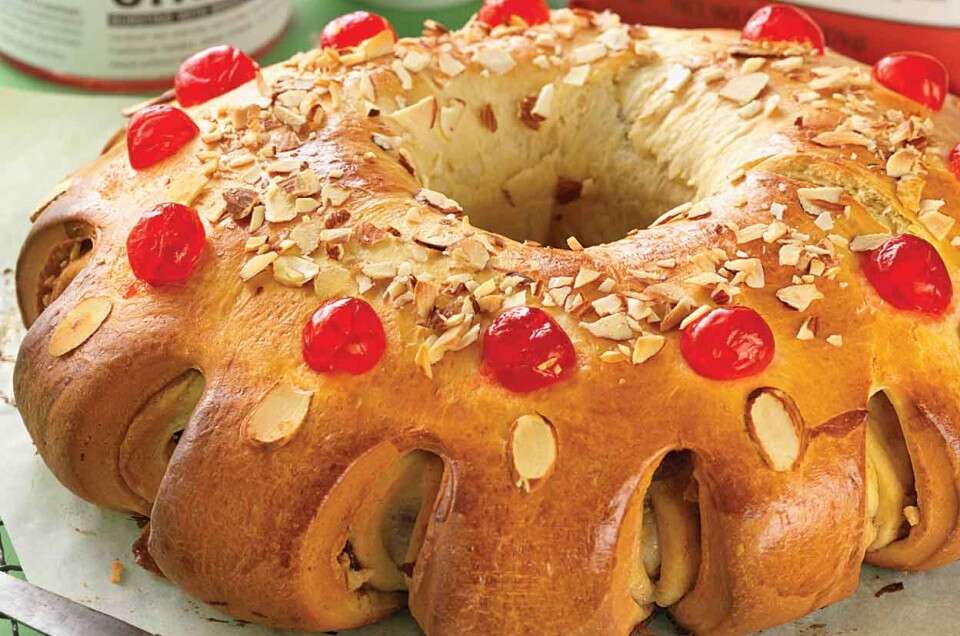
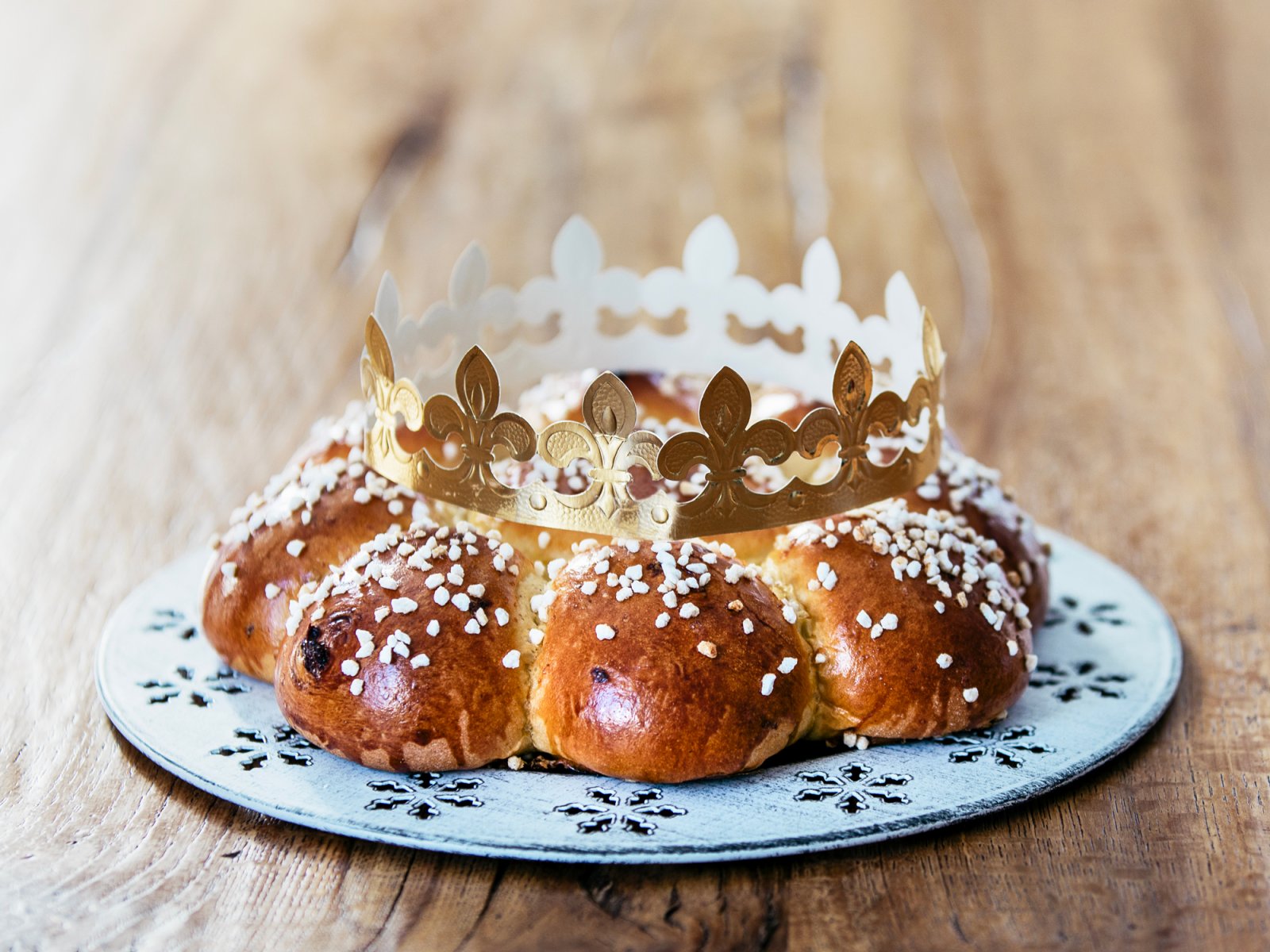
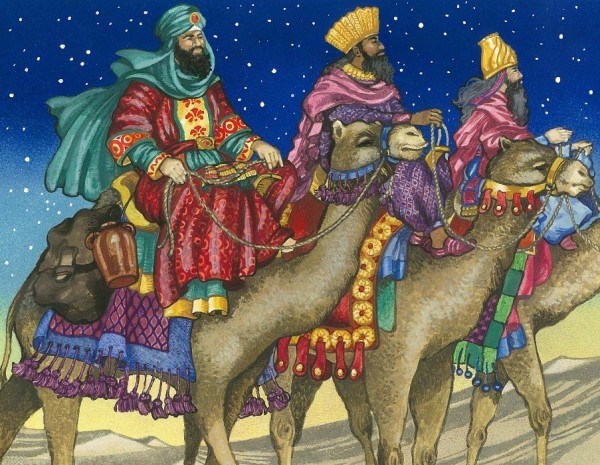
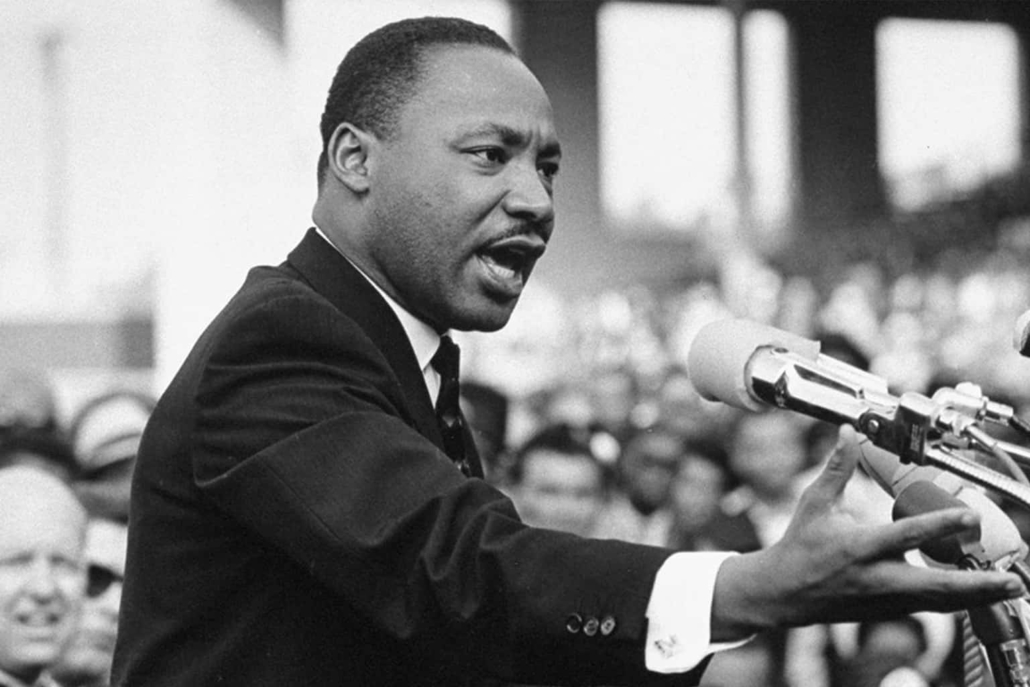
The other King remembered in January is an American historical figure named Martin Luther King, Jr. On January 17th of this year, (always the third Monday of January), the U.S. will have a public holiday for MLK Jr. Day. This holiday, established in 1983, remembers the life and work of this American pastor and Nobel Peace Prize winner, who fought for racial equality and civil rights in America until his assassination in 1968. His legacy lives on through his family and the King Center.